Unless you have a technical background, the concept of measurement scales can be complicated. I can’t tell you how many times I have had to explain them and sketch this out on a white board or napkin!
Units of measure and scale are very important. If your readout device says there are 100 of something, is that a bad thing? That all depends; if it’s gold, that’s good! If it’s benzene, it’s probably not.
100% means 100 parts out of 100:
- 100% of anything means it is all the same thing
- 100% gold means it is all gold, with no other contaminants
10%, means 10 parts out of 100, (1/10th of 100), so therefore its 90% something else.
1% means 1 part out of a 100:
- 2% butterfat milk means that 2% is fat and 98% is something else, compared to skim milk which will be marked as 1% butterfat or less
Eventually we go down to 0.1%, 0.01%, 0.001%, but these numbers get kind of cumbersome, so it becomes convenient to change scale.
100% also means 1 million out of a million
Therefore, 10% is the same as 100,000 parts of a million (ppm).
1% is the same as 10,000 parts per million.
This one is important, 1% = 10,000 ppm.
Let’s look at some common examples:
- Oxygen in the air we breathe is 20.9% (or 209,000 ppm)
- The time-weighted average (TWA) for carbon monoxide is 25 ppm (the same as saying 0.025%)
- TWA for hydrogen sulphide is 10 ppm
- Carbon dioxide in the air we breathe is around 500 ppm
- Carbon dioxide in our exhaled breath is several thousand ppm
Eventually, as the numbers get smaller, it is convenient to switch scales again – this time, to parts per billion.
- 1% = 10,000 ppm
- 0.1% = 1000 ppm
- 0.01% = 100 ppm
- 0.001% = 10 ppm
- 0.0001% = 1 ppm = 1000 ppb
- 0.000001% = 0.1 ppm = 100 ppb
- 0.0000001% = 0.01ppm = 10 ppb
- 0.00000001% = 0.001 ppm = 1 ppb = 1000 ppt (parts per trillion)
Without knowing the scale of measurement or what you’re measuring, a reading of 100 of anything lacks any meaning.
When it comes to measuring combustible gases, we use a slightly different scale.
If we use methane (CH4) as an example, the LEL (lower explosive level) of methane is generally considered to be 5% by volume (5% bv). That means the mixture is too lean to burn if there is less than 5% methane present. But at 5%, we can burn or explode if there is an ignition source.
So we call 5% bv methane the same as 100% LEL. 5% methane is 100% of the explosive concentration.
Most portable gas monitors will alarm at 10% of the LEL. Regardless of whether we use the %LEL scale, the percent scale or the ppm scale, the concentration is all the same.
- 100% LEL = 5% methane = 50,000 ppm methane
- 10% LEL = 0.5% methane = 5000 ppm methane
- 1% LEL = 0.05% methane = 500 ppm methane
So here we have three numbers at the alarm level: 10 and 0.5 and 5000. Without scale they are meaningless.
Pretty much all combustible gas monitors are built to be layman-proof. The operator doesn’t need to understand scale or range; they just need to know what to do when the alarm goes off. It’s similar to when the temperature light in my car goes on. I don’t need to know if it’s measuring in Fahrenheit or Celsius or exactly how hot that really is; I just need to know to stop my car quickly. It’s my mechanic that needs to know all that other stuff.
If you’re in a position of authority, you may need to know all about units of measure, scale and range. If you’re working the tools, you just need to understand what to do when the alarm goes off, and trust that the alarm is real.
So generally, you need to know the units of measure to make an informed decision about the concentration, unless you have a device that gives you an “idiot-light” that screams DANGER, and you get out.
Article : Paul Kroes, B.Sc. | Instrumentation Specialist EHS Instrument Solutions


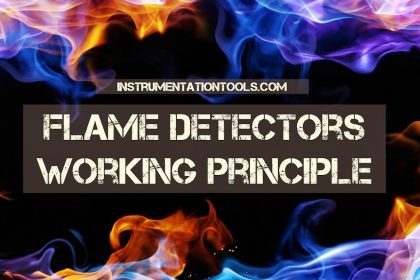
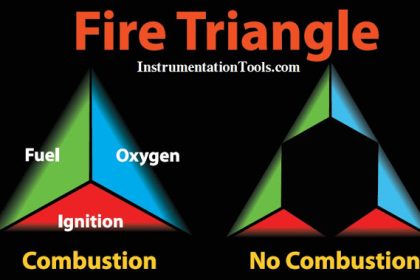



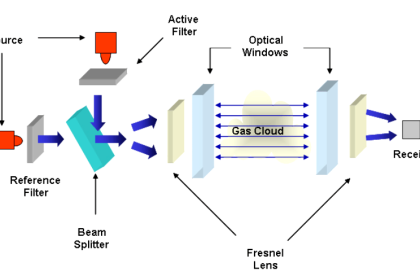
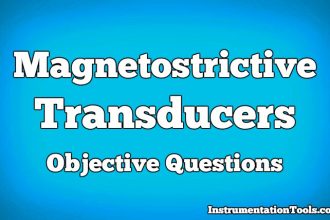
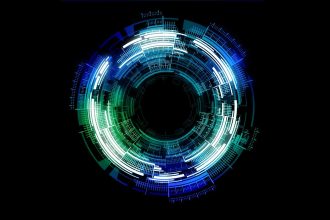
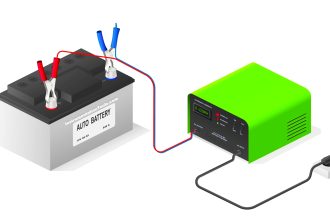
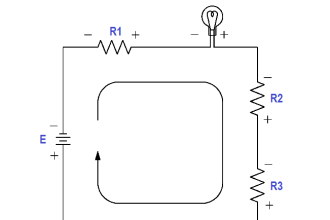

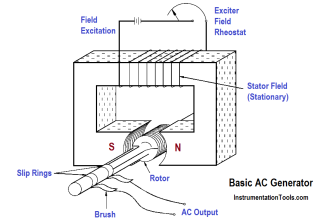
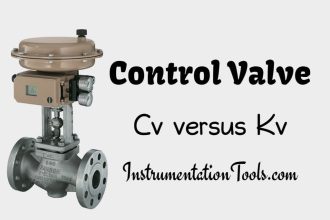

Thank you so much for your explanation of measurements. I never understood ppm until I read your article. I also only just realized after reading your article that percentage measurements is parts per hundred!!! Everything just fell into place through your article. Thanks one more time. Your website is a treasure trove of technical information
So if an examiner asked me how much hydrocarbons in 1% lel what should I say